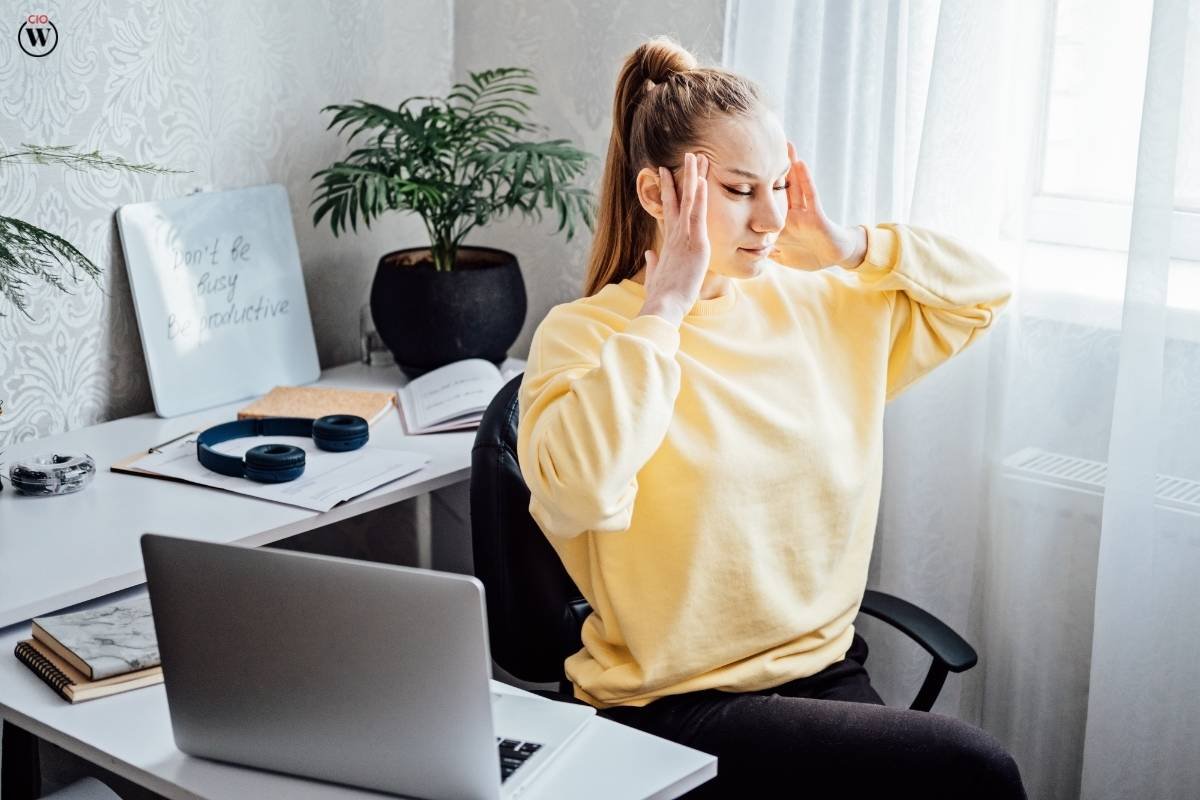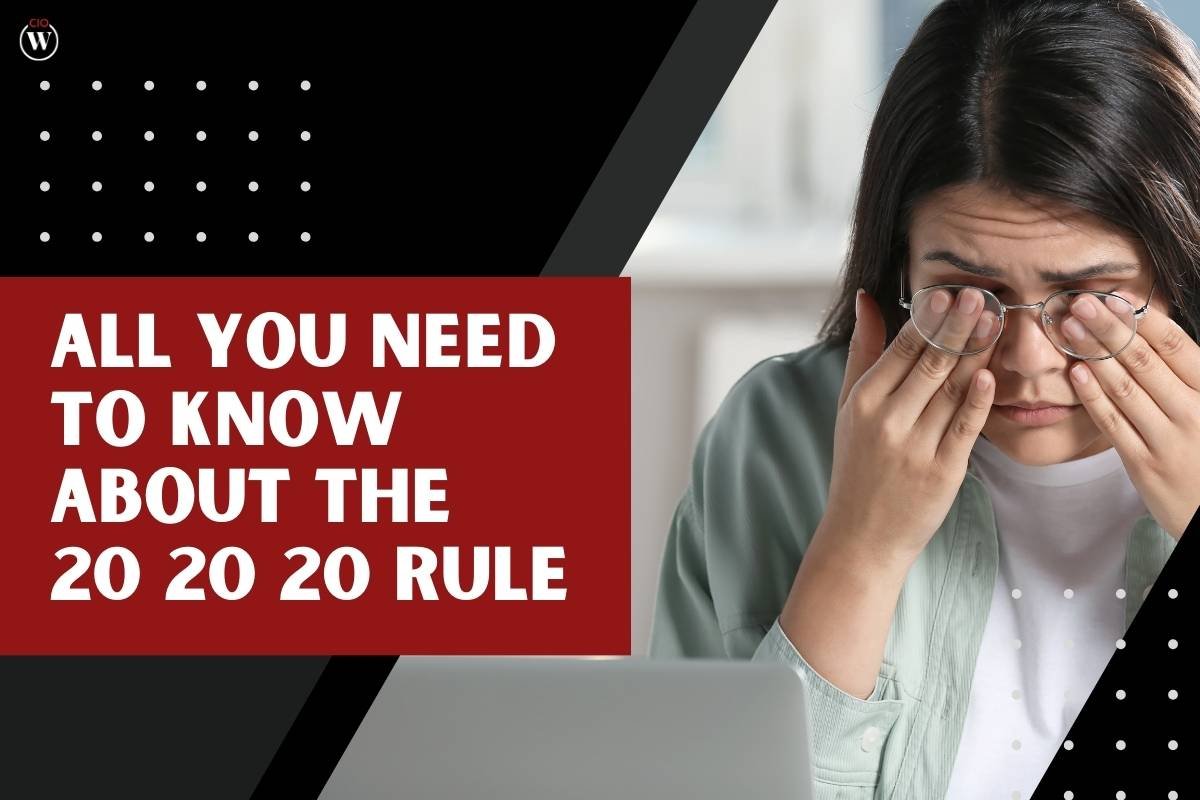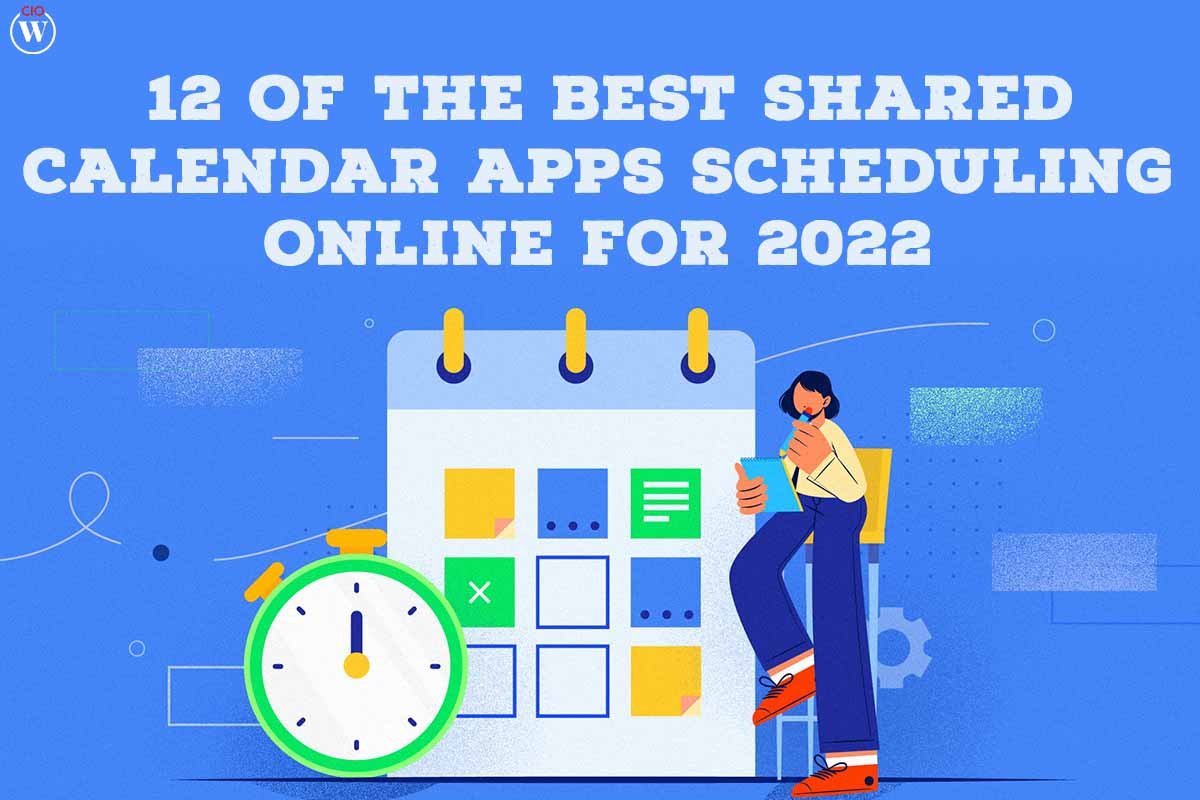In today’s fast-paced world, where digital devices have become an integral part of our daily lives, the 20 20 20 rule has emerged as a simple yet effective strategy to alleviate eye strain and promote overall eye health. As we spend more time in front of screens, whether for work or leisure, our eyes are subjected to prolonged periods of staring at digital displays, leading to symptoms like dryness, fatigue, and discomfort. The 20 20 20 rule, a straightforward guideline, offers a practical approach to mitigate the adverse effects of extended screen time. In this article, we’ll delve into the details of the 20 20 20 rule, exploring its origins, implementation, and the science behind its effectiveness.
Understanding the 20 20 20 Rule
The 20 20 20 rule is a vision care practice designed to reduce eye strain and prevent digital eye fatigue, also known as computer vision syndrome. The rule is simple to follow: for every 20 minutes spent looking at a screen, take a break and look at something 20 feet away for at least 20 seconds. This periodic interruption allows the eyes to relax, blink naturally, and adjust to different focal lengths, reducing the strain caused by continuous screen exposure.
Origins of the 20 20 20 Rule

The 20 20 20 rule gained prominence in recent years as a response to the increasing prevalence of digital screens in various aspects of modern life. Dr. Jeffrey Anshel, a California-based optometrist and author, is often credited with popularizing the rule. In his book “Visual Ergonomics in the Workplace,” Dr. Anshel emphasizes the importance of taking regular breaks to protect eye health and coined the 20 20 20 rule as a memorable guideline for individuals to incorporate into their daily routines.
Implementing the 20 20 20 Rule
Incorporating the 20 20 20 rule into your daily routine is a simple yet effective way to promote eye comfort and reduce the risk of digital eye strain. Here’s how you can seamlessly integrate this rule into your screen-centric activities:
- Set Reminders: In the hustle and bustle of daily life, it’s easy to lose track of time. Set a timer or use smartphone apps to remind yourself to take a break every 20 minutes. This ensures consistent adherence to the rule throughout the day.
- Practice the 20-20-20 Sequence: When your reminder goes off, follow the 20 20 20 sequence – look at an object at least 20 feet away for 20 seconds. Allow your eyes to relax and adjust to a different focal length, reducing strain on the eye muscles.
- Blink Regularly: Staring at screens often leads to decreased blink rates, contributing to dry eyes. Make a conscious effort to blink regularly during screen time, as blinking helps lubricate the eyes and prevents discomfort.
- Adjust Screen Settings: Optimize your screen settings, including brightness and contrast, to reduce eye strain. Ensure that your screen is at a comfortable viewing distance and angle to minimize the effort required to focus.
The Science Behind the 20 20 20 Rule

To understand the science behind the 20 20 20 rule, it’s essential to recognize how the eyes function and react to prolonged screen exposure. When we stare at a screen for an extended period, the eye muscles are continuously engaged to maintain focus. This sustained effort can lead to eye strain, fatigue, and discomfort.
The 20 20 20 rule counteracts these effects by introducing breaks that allow the eye muscles to relax and reset. Looking at an object 20 feet away prompts the eyes to adjust to a different depth of field, reducing the strain on the ciliary muscles responsible for focusing. The 20-second break provides ample time for the eyes to recover, and the regular implementation of this rule can contribute to long-term eye health.
Benefits of the 20 20 20 Rule

- Reduced Eye Strain: The primary benefit of the 20 20 20 rule is the reduction of eye strain associated with prolonged screen time. By taking short breaks, individuals can alleviate the stress on their eye muscles and minimize discomfort.
- Prevention of Digital Eye Fatigue: Digital eye fatigue encompasses a range of symptoms, including dry eyes, blurred vision, and headaches. The 20 20 20 rule serves as a preventative measure, reducing the likelihood of developing these symptoms through regular breaks and eye relaxation.
- Improved Productivity: Contrary to the belief that breaks hinder productivity, incorporating the 20 20 20 rule can enhance overall efficiency. By preventing eye strain and fatigue, individuals are more likely to maintain focus and concentration during screen-related tasks.
- Long-term Eye Health: Consistently practicing the 20 20 20 rule contributes to long-term eye health. By mitigating the effects of prolonged screen exposure, individuals can reduce the risk of developing chronic eye conditions associated with digital eye strain.
Challenges and Considerations
While the 20 20 20 rule offers a practical solution to alleviate eye strain, it is essential to acknowledge potential challenges and consider individual variations. Some factors to consider include:
- Job Requirements: Individuals in professions that demand continuous screen engagement, such as graphic designers or programmers, may find it challenging to adhere strictly to the 20 20 20 rule. In such cases, integrating breaks whenever feasible is crucial.
- Individual Variations: The optimal duration for breaks may vary among individuals. Some may find relief with shorter breaks, while others may require longer intervals. It’s important to listen to your body and adjust the rule to suit your comfort.
- Environmental Factors: The lighting and ergonomics of your workspace play a significant role in eye comfort. Ensure proper lighting, minimize glare, and position your screen at an appropriate angle to enhance the effectiveness of the 20 20 20 rule.
Conclusion
In the era of digital dominance, prioritizing eye health is paramount. The 20 20 20 rule serves as a practical and accessible tool to mitigate the adverse effects of prolonged screen time, offering a simple yet effective strategy for reducing eye strain and promoting overall well-being. By incorporating regular breaks into your screen-centric activities, you not only enhance immediate comfort but also contribute to the long-term health of your eyes. Embrace the 20 20 20 rule as a valuable habit in your daily routine, and let your eyes thank you for the care and attention they deserve.









